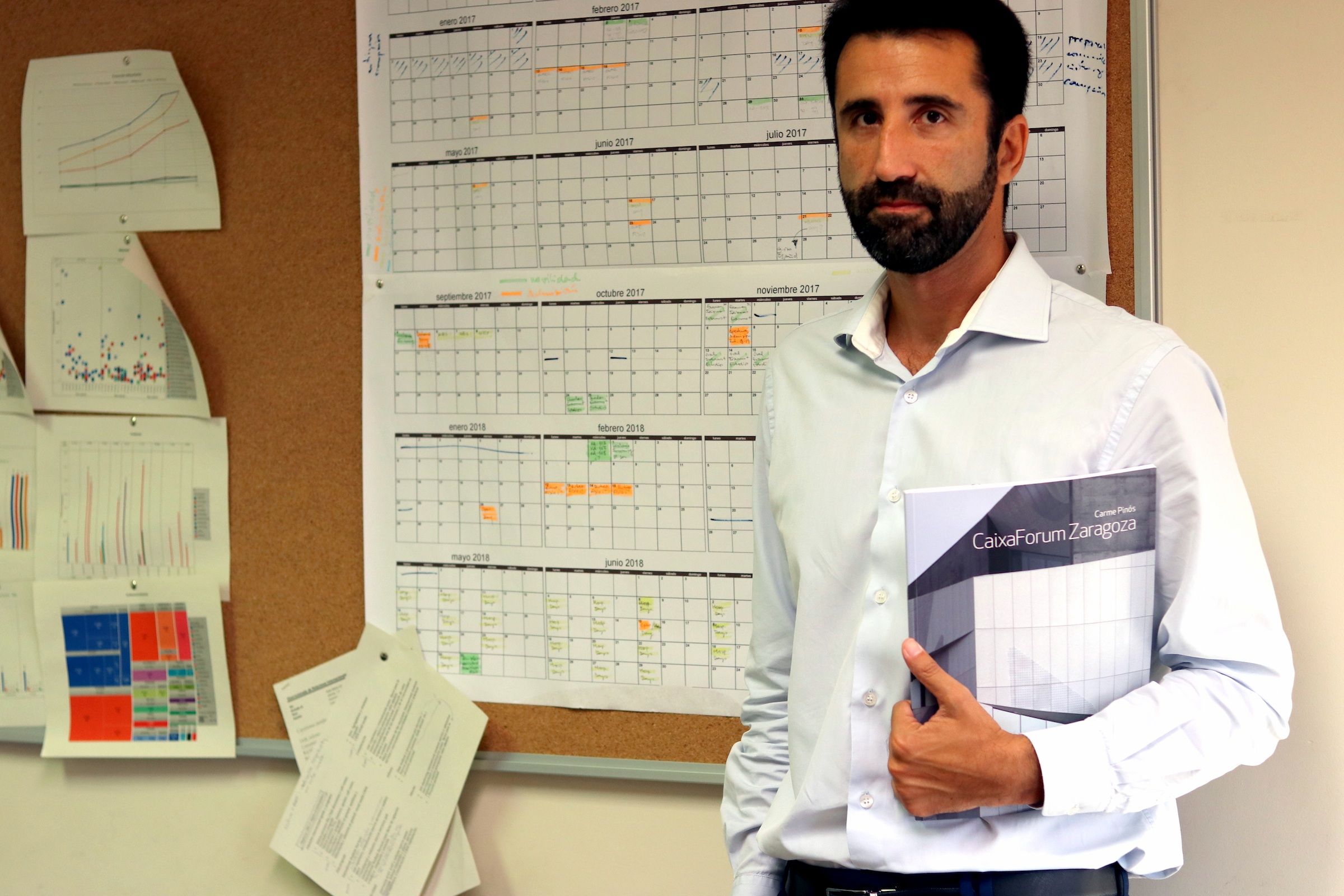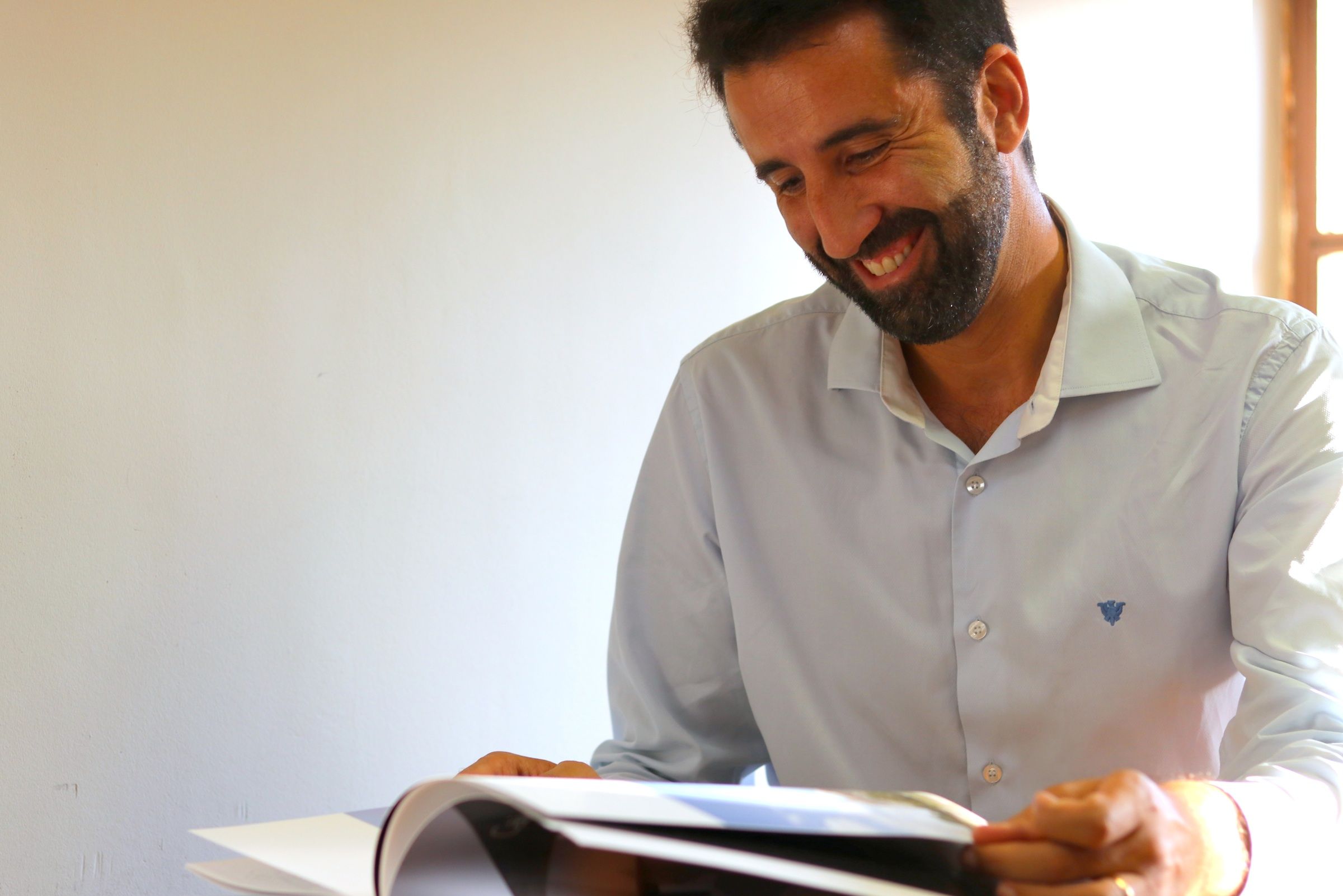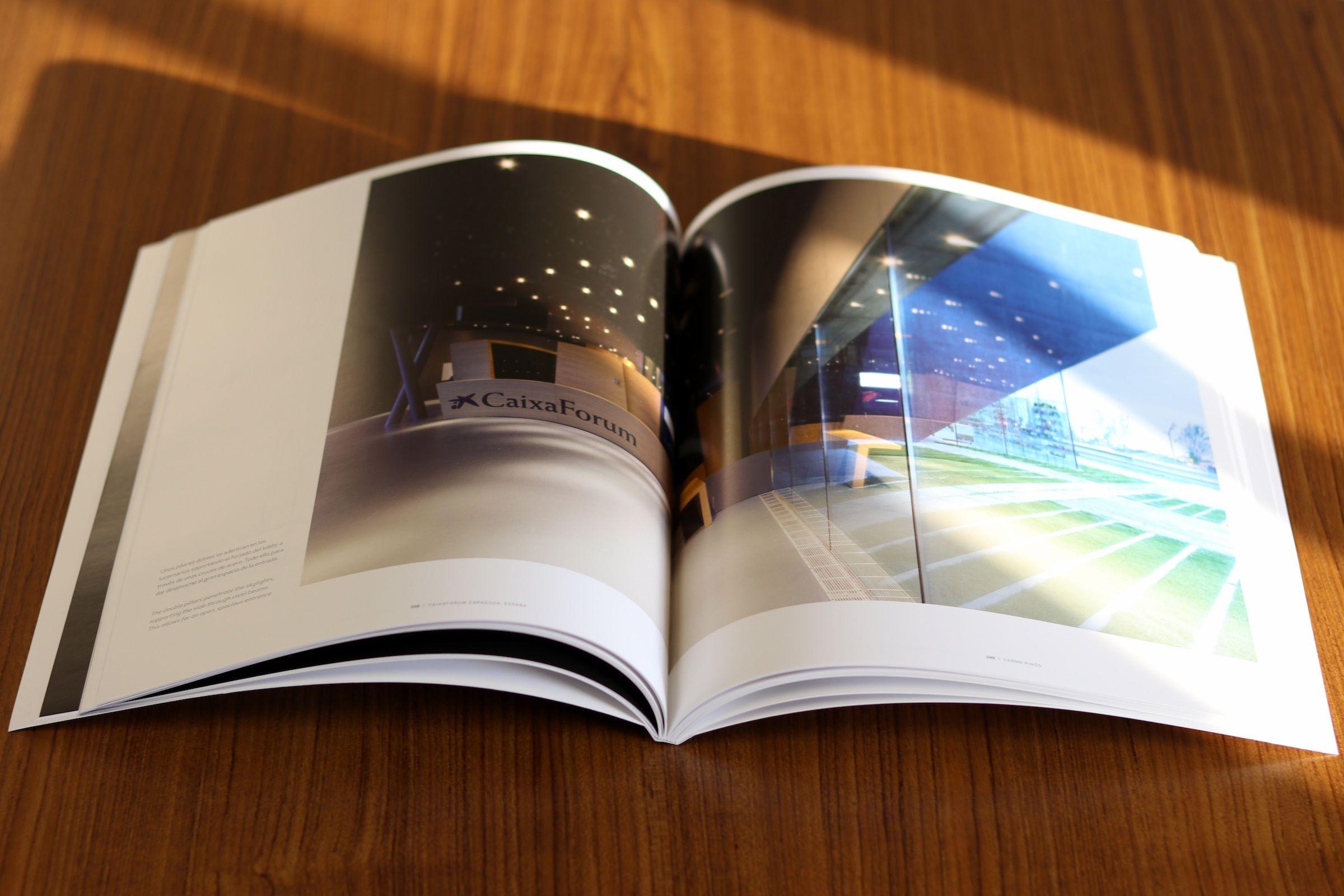The event, held this Thursday at 7pm, will count on the presence of the author of CaixaForum Zaragoza and the Chair of Architectural Composition at UPV, Carmen Jordá

The Professional Association of Architects of Valencia – Colegio Territorial de Arquitectos de Valencia (CTAV) is hosting this Thursday the presentation of the monograph coordinated by professor of Architecture at University CEU Cardenal Herrera Alfonso Díaz Segura, under the title “Carme Pinós. CaixaForum Zaragoza “, edited by TC Cuadernos. This is a compilation of the documentation of this architectural project, which also includes a conversation between Alfonso Díaz, Head of International Relations at CEU Valencia, and Carme Pinós, winner of the Spanish Architecture Award by the Spanish Board of Architects in 1995 and one of the Spanish architects with a greater international projection, with projects in Spain, France, Austria and Mexico.
The monograph, coordinated by Professor Díaz, covers all the unique architectural aspects of the CaixaForum building in Zaragoza by Carme Pinós: from its two large exhibition halls, connected by escalators, the sloping garden towards the basement and the terrace-veranda , panoramic and open to the landscape, as well as the holes of peculiar geometry that favor the active relation with the environment, a habitual feature in the architecture of Carme Pinós. The monograph brings together the documentation of the project, together with texts by Carmen Jordá and Carlos Meri, as well as an interview by Alfonso Díaz to the Catalan architect. More information on the presentation of the monograph, on the CTAV website.
Question: Carme Pinós is one of the Spanish architects with the greatest international projection. What does this project mean for CEU Valencia?
Alfonso Díaz: For the University it is an honor to have the presence of Carme Pinós, who has come to give lectures with a resounding success of attendance. In addition, we have had some CEU Architecture students doing internships in their study.
Q: What would you highlight about the conversation with Carme Pinós that you have gathered in this monograph?
A.D .: For any architect, the passion for what he does is essential, because it is not simply a work, but a way of life. The interview with Carme Pinós was influenced by her strong passion, making it clear that she really enjoys her career. Having the ability to create an impact on the physical environment in which we live and its inhabitants is a constant and motivating challenge, but also a great responsibility.

Q: How can an Architecture student benefit from this kind of documentation on a specific project, such as the one that compiles the monograph on the work of Pinós that you have just edited?
A.D .: Architecture must be lived in order to understand it. Before the work everything is revealed. If the physical visit is not possible, you have to go to the books. In this case the goo thing about the book is that it is not an explanation of the work through third parties. It is the architect and the building itself who speak and explain, through words, drawings and images, the architectural principles and the technical details that shape it.
Q: And from the professional point of view, what does it mean to present the book at the Professional Association of Architects of Valencia?
A.D.: This is a great opportunity given by the Professional Association of Architects of Valencia. It helps to carry out a work of cultural diffusion and to use their facilities to reach society.







